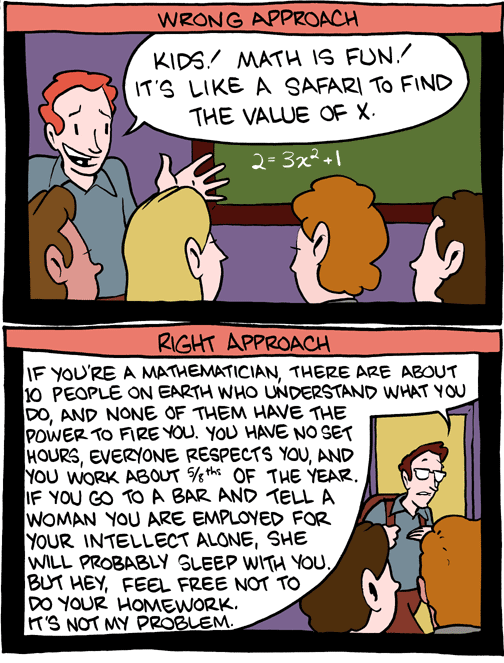00:00 - 19:0019:00 - 00:00
user19161
user19161
user19161
user19161
user19161
user19161
user19161
user19161
user19161
user19161
user19161
user19161
user19161
user19161
00:00 - 19:0019:00 - 00:00

